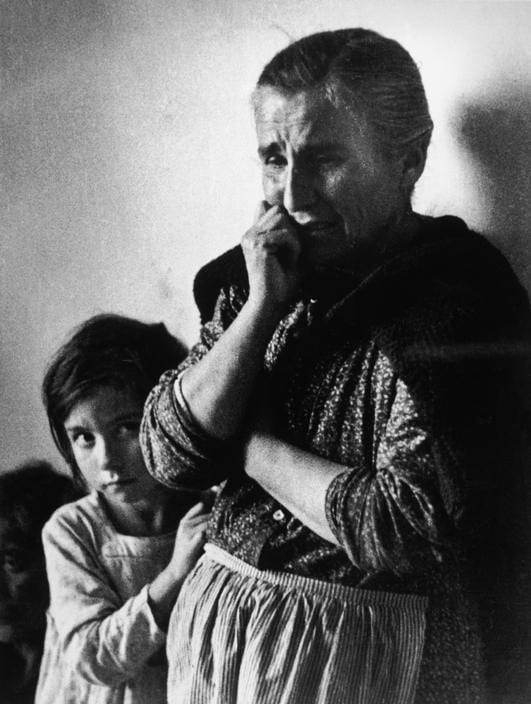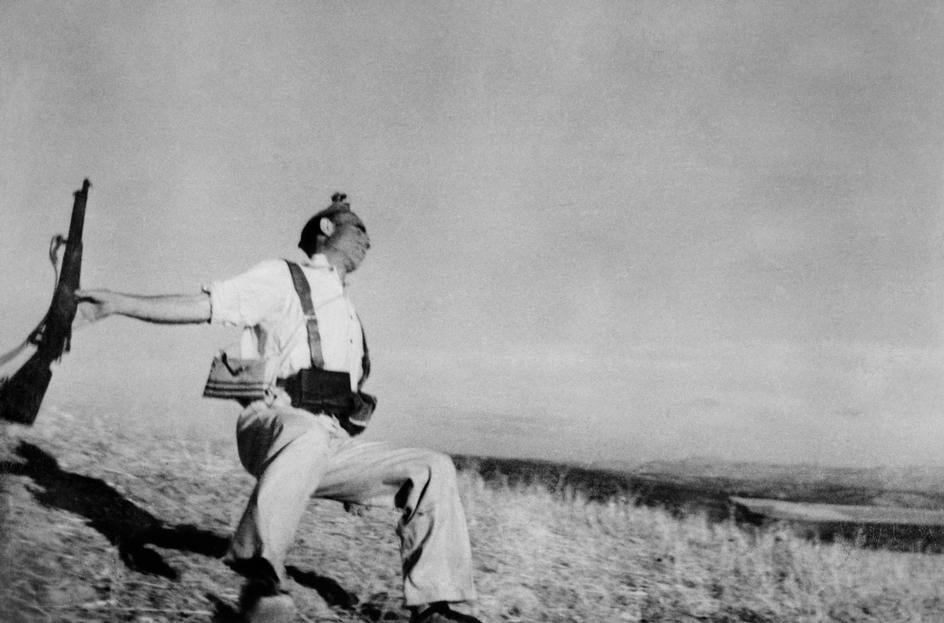Irving Penn, initially wanted to be a painter before getting a job at vogue in 1940’s this turned his focus from painting to portrait photography. Before committing to become a photographer he spent a year painting and convinced himself that he would only ever be a mediocre painter which led him to becoming a photographer.
In his early work he used a corner to trap people in, which was used as a photographic device. “a means of closing people in. Some people felt secure in this spot, some felt trapped. Their reaction made them quickly available to the camera.” (Hamiltons, 2016) I feel that this would work quite well for portrait photography, this being because of the more intimate setting that could be captured and used to the photographer’s needs. The corner series of images are particularly interesting as they show how Penn has used the intimate setting of the corner to his advantage and created images that have emotion and help people lose their shield. This setting of the corner portrait has been duplicated and replicated so many times by countless photographers in homage to Penn, something I really like the idea of as it gives you focus on the portrait rather than the setting, which can be quite challenging to consider when you are wanting to take an image of someone.

Penn’s style consists of him having a really intimate composition with strong contrasts between Dark and light, capturing great detail in his images because of the format of camera he used for some of his images, the image of the woman with freckles is something that is timeless, it could be taken at any time and would still fit how beauty standards are contrived at that time. This portrait it spectacularly modern and contemporary.

Penn became an advocate for the use of natural light in his portraits, saying “the most delicious of several types of light.”
His work has a lot of shadows and makes the pieces he created so much more interesting to look at as there is a dynamism in them, you can really see the passion in his work from just looking at the stunning portraits that he created.
He was also a talented technician, his early work on silver gelatine prints are darker and more of a vision of austerity that Penn saw, where as a juxtaposing work created in his later career done on hand crafted paper that gave a more painterly effect giving it a more soft and gentle look. I prefer the earlier work, this is because of the darker tones they hold, as I like that sort of image whereas the later work that is done on the hand crafted paper is more ethereal and flat lit which is something that doesn’t excite me as much as the darker images.














